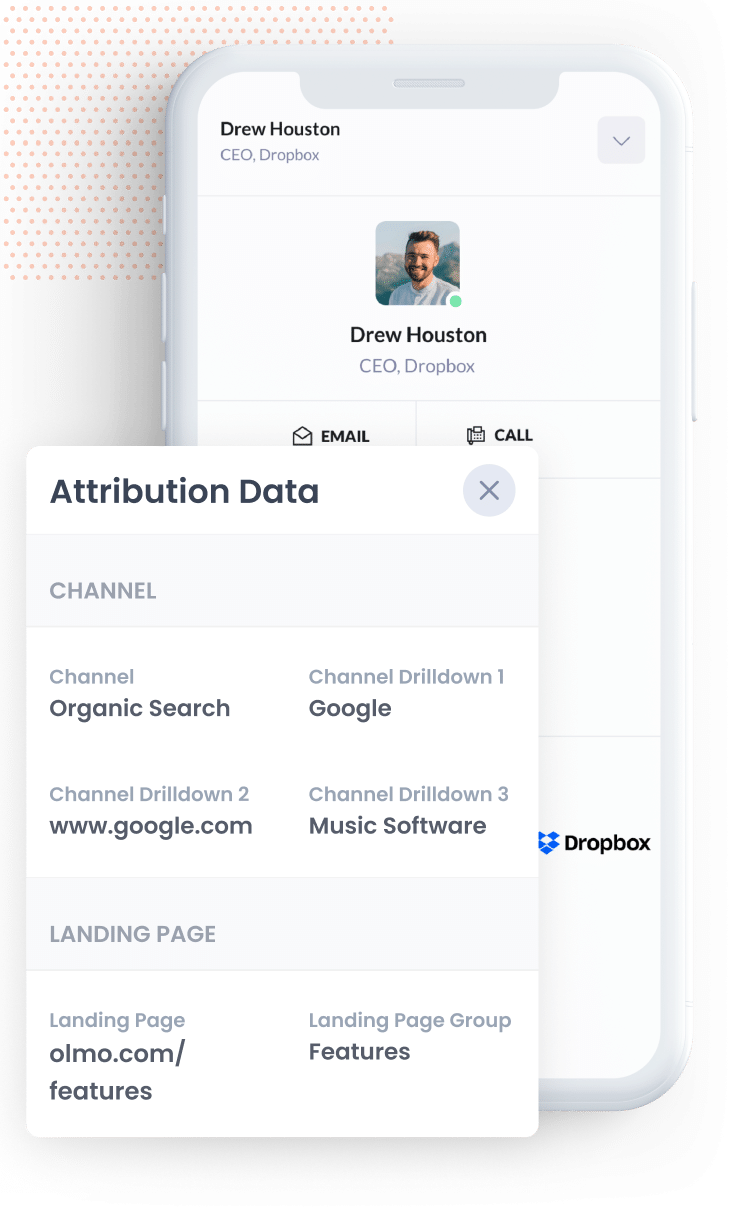Track leads & customers from SEO in Pipedrive
Find out how to track how many leads & customers your SEO efforts generate in Pipedrive CRM.
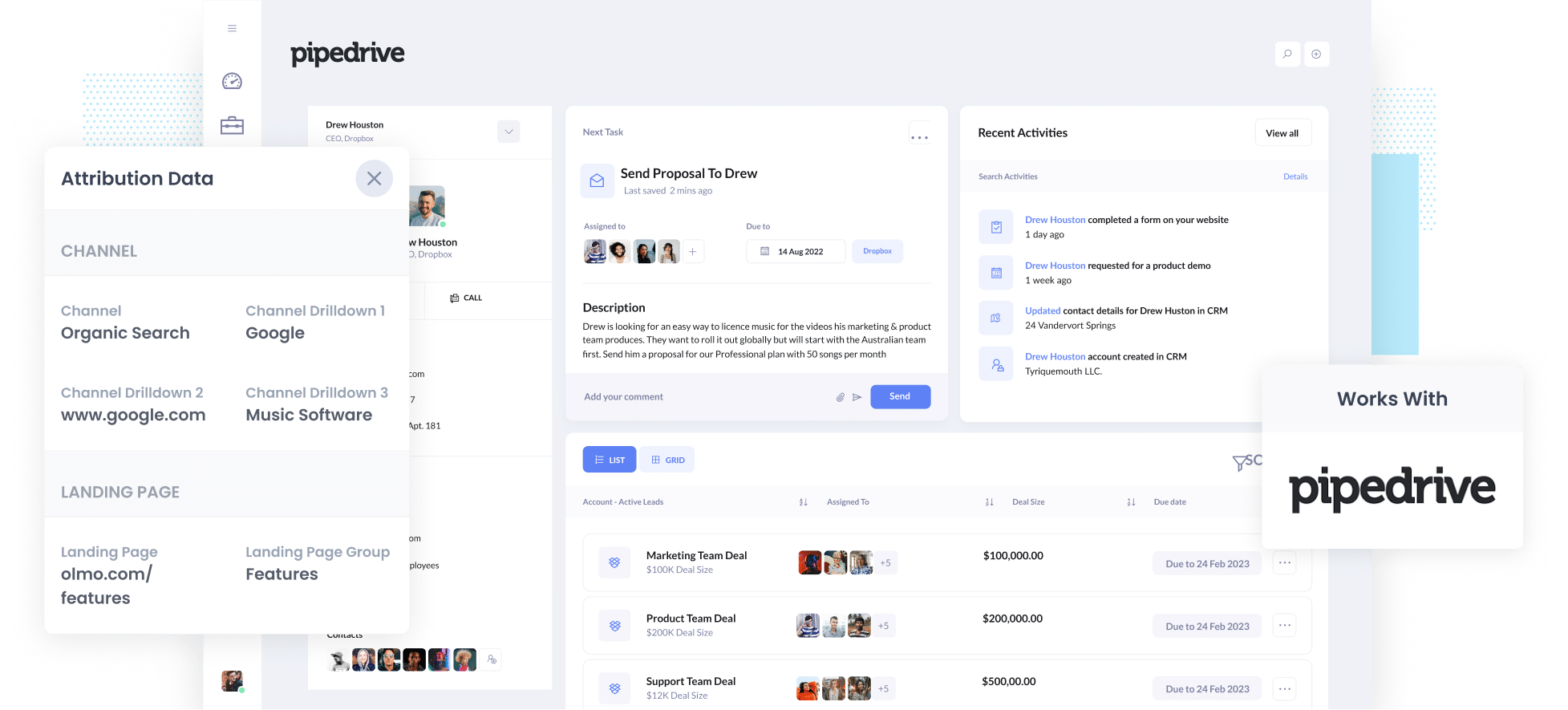
Are you having trouble tracking the number of leads and customers generated by your SEO initiatives? You're not alone in this challenge.
While tools like Google Analytics can help you easily track how many website visitors you’re getting from organic search, it’s a lot more difficult to track how many visitors converted into leads, how many of those leads became customers, and how much revenue they produced.
Luckily, there is a solution!
In this article, we will guide you through using a tool called Attributer to capture organic search data with each new lead in Pipedrive. Additionally, we’ll show you some example reports that you can run in Pipedrive to assess the effectiveness of your SEO efforts.
4 steps to track leads & customers from SEO in Pipedrive
Attributer and Pipedrive make it simple to track the number of leads generated from Organic Search. Let's break down how it works:
1. Install Attributer and add hidden fields
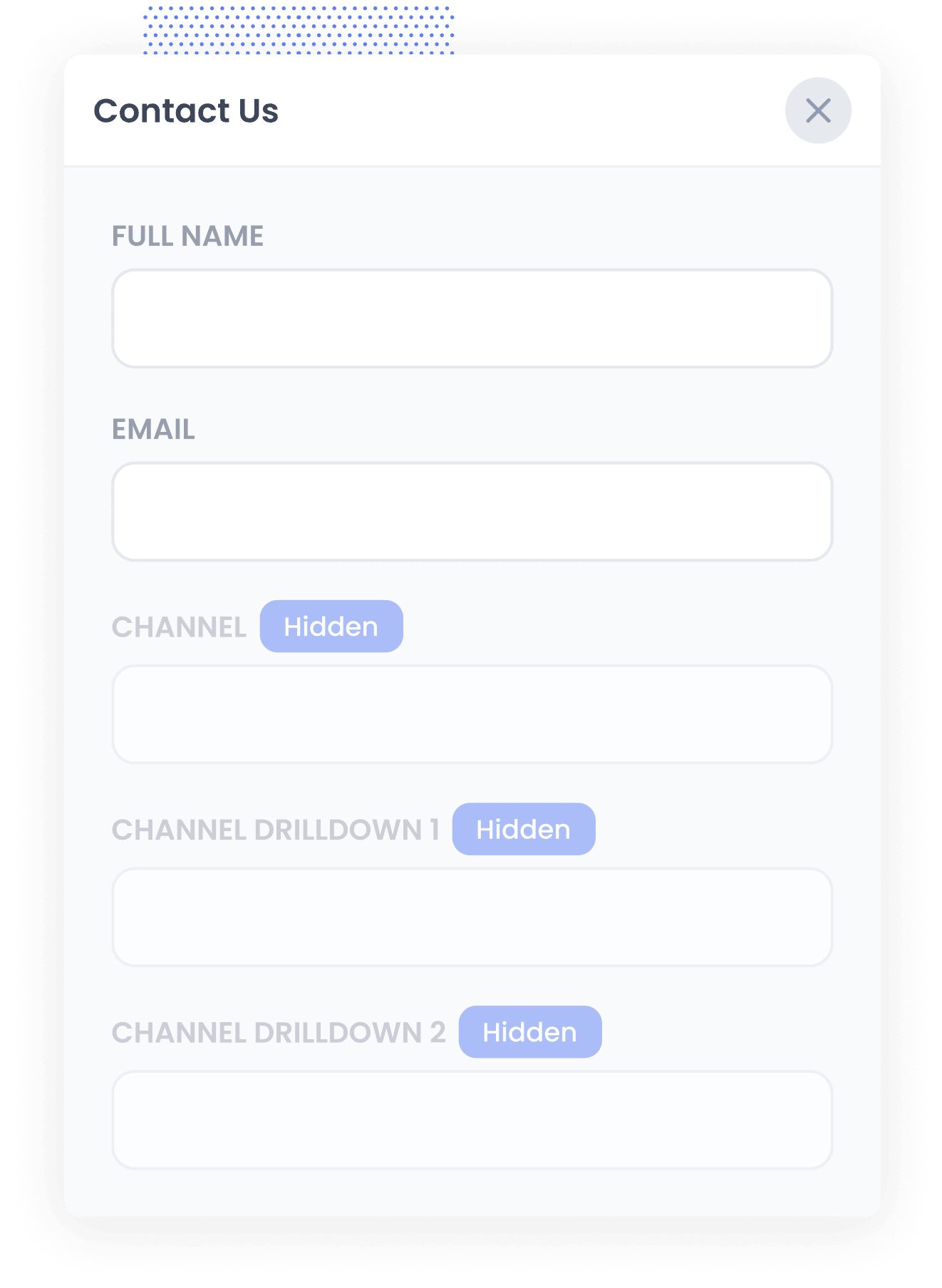
When you sign up for a 14-day free trial of Attributer, you’ll receive a snippet of code to install on your website. You can find out how to add this to your website here.
Once you add the code to your site, you then need to add some hidden fields to the lead capture forms on your website. Those hidden fields are:
- Channel
- Channel Drilldown 1
- Channel Drilldown 2
- Channel Drilldown 3
Adding hidden fields to your forms is pretty easy depending on which form builder you are using. Usually, it’s done by either dragging and dropping a “Hidden” field type into your form, or by hiding a standard form field via the settings. If you need step-by-step help with tools like Gravity Forms, Wix Forms, or Webflow Forms, check out the resources linked here.
2. Attributer writes SEO data into the hidden fields
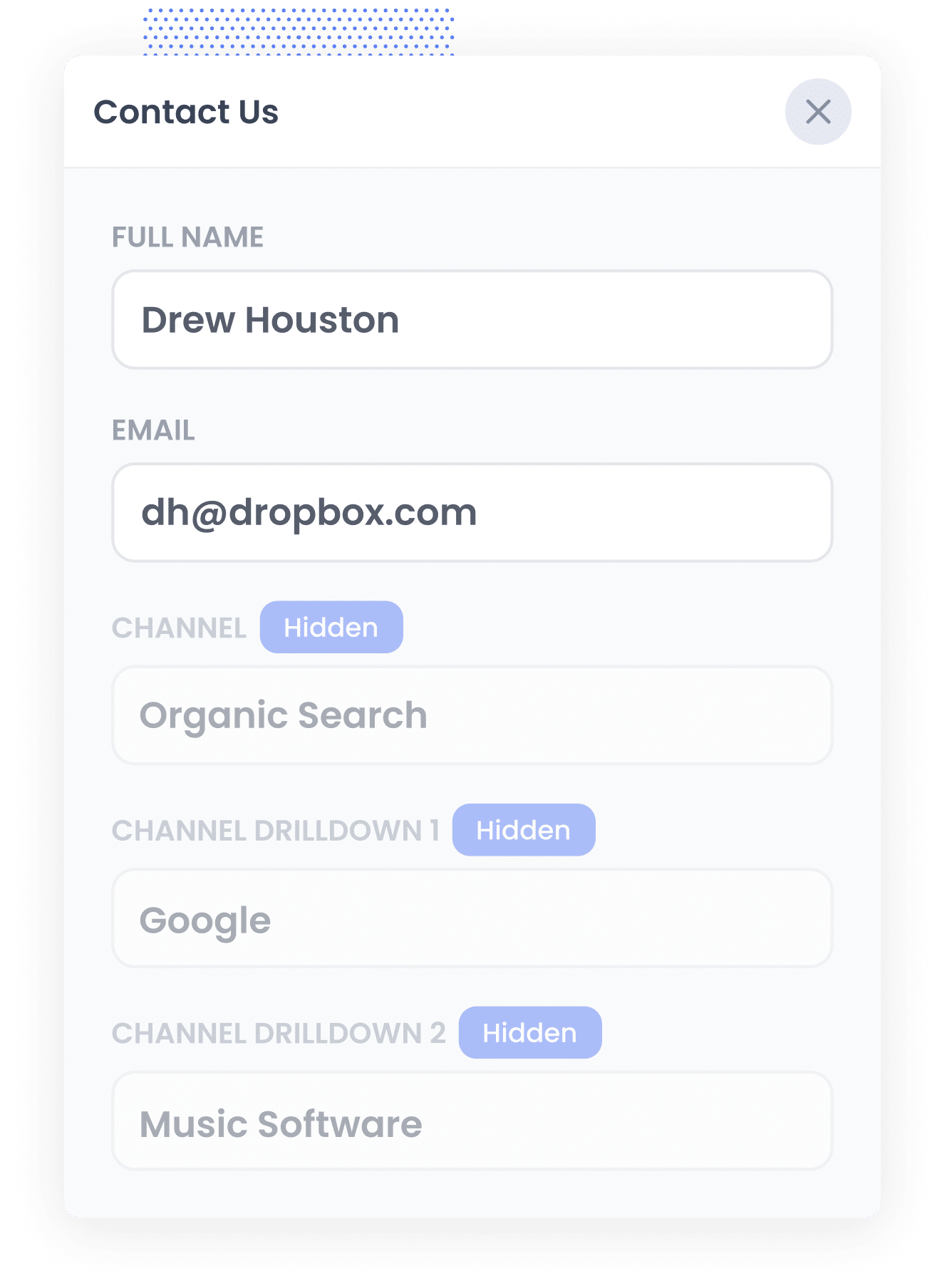
When a visitor lands on your site, Attributer looks at some information to find out where they came from (similar to what Google Analytics looks at).
From here, it categorises the visitor into different channels (like Organic Search, Paid Search, Paid Social, etc) and stores the information in the user’s browser.
Once a visitor completes a form on your website (like your ‘Contact Us’ or Request A Quote form), Attributer writes the data about where the lead came from (like the fact they came from Organic Search, it was from Google, what keyword they used, etc) into the hidden fields.
3. SEO data is captured with each lead
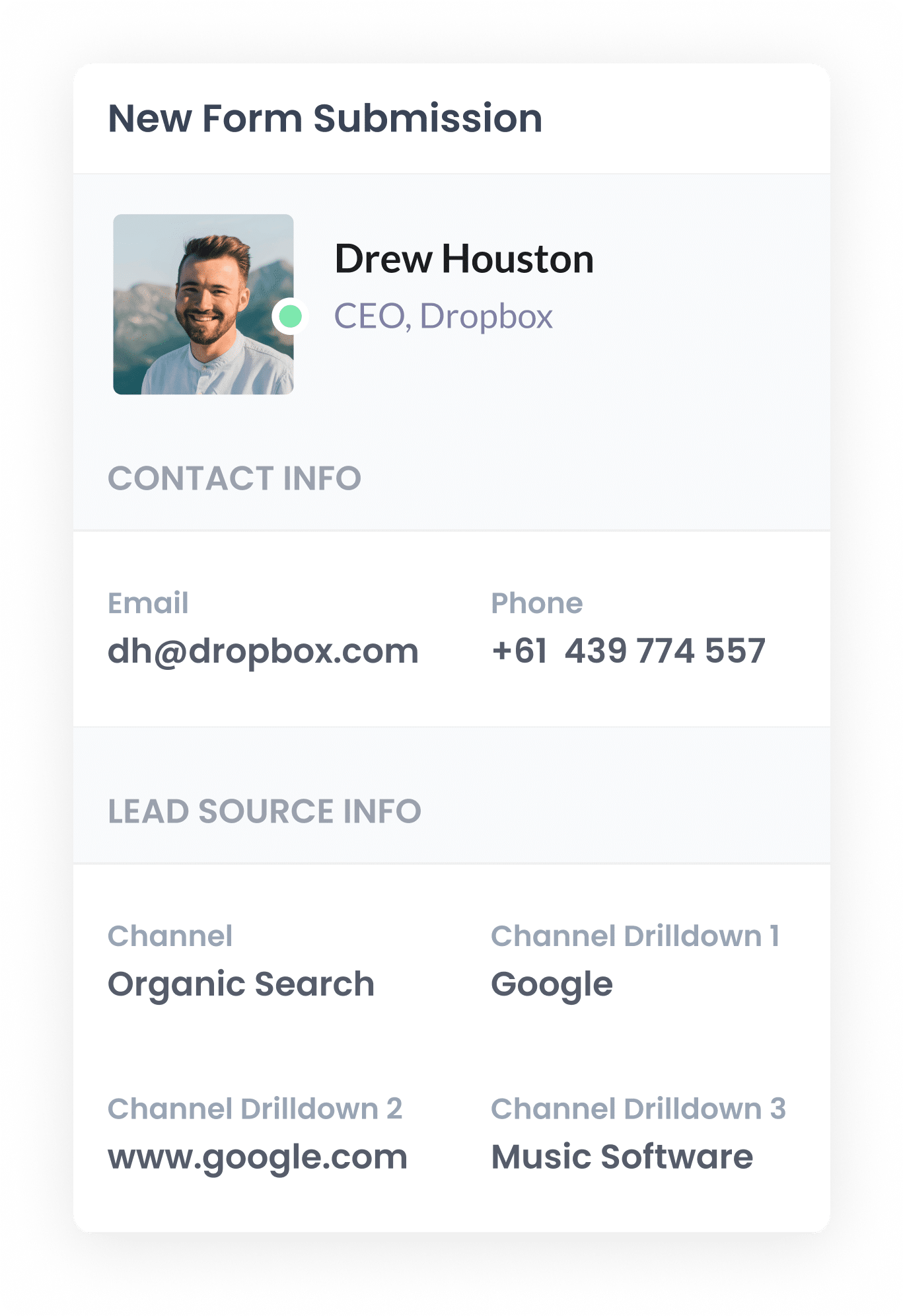
When a visitor submits the form on your website, the organic search data that Attributer wrote into the hidden fields is captured by your form builder, alongside the lead’s name, email, and other details.
Attributer works with over 50 form builders, scheduling tools, and chat products, including Gravity Forms, Contact Form 7, Wix Forms, Webflow Forms, Typeform, Jotform, Zoho Forms, and many more, ensuring you get the insights you need regardless of what tools you use.
4. SEO data is sent to Pipedrive
Finally, you can send the organic search data into Pipedrive via a native integration (some form builders have built-in integrations with Pipedrive) or through third-party tools like Zapier.
Once the data is in Pipedrive, you can create helpful reports to see how many leads and customers you attract through organic search. You’ll find insights like which search engines are bringing them in, the keywords they're using, and so much more.
You can use Pipedrive’s built-in reporting features to do this, or if you prefer, you can connect tools like Tableau, Looker Studio, or Microsoft Power BI to your Pipedrive to build more advanced charts & dashboards.
What data gets captured
Attributer provides information on how a visitor found your site (the channel) and what specific content drew them in (the landing page).
For instance, imagine you work for an accounting firm and someone discovers your site through an organic Google search, here's what data you would receive:
- Channel = Paid Search
- Channel Drilldown 1 = Google
- Channel Drilldown 2 = google.com (or the domain they came from, like google.com.au or google.co.uk)
- Channel Drilldown 3: accounting firm in Sydney (or the keyword they searched for, when it’s available)
You would also get data on what page they landed on. Continuing the example above, it might look a bit like this:
- Landing Page = sydneyaccountant.com/blog/best-accountants-sydney
- Landing Page Group = /blog
This landing page data helps you understand which content on your website is attracting leads via organic search. It’s a great way to see what’s working well so you can create even more content your audience engages with.
3 example reports you can run when you capture organic search data in Pipedrive
During my 15-year career in marketing, I have spent thousands of hours working on SEO and run hundreds of reports to track the impact of our efforts.
I have shared a few reports I have found to be super useful over the years to try and help you out!
1. Leads by Channel
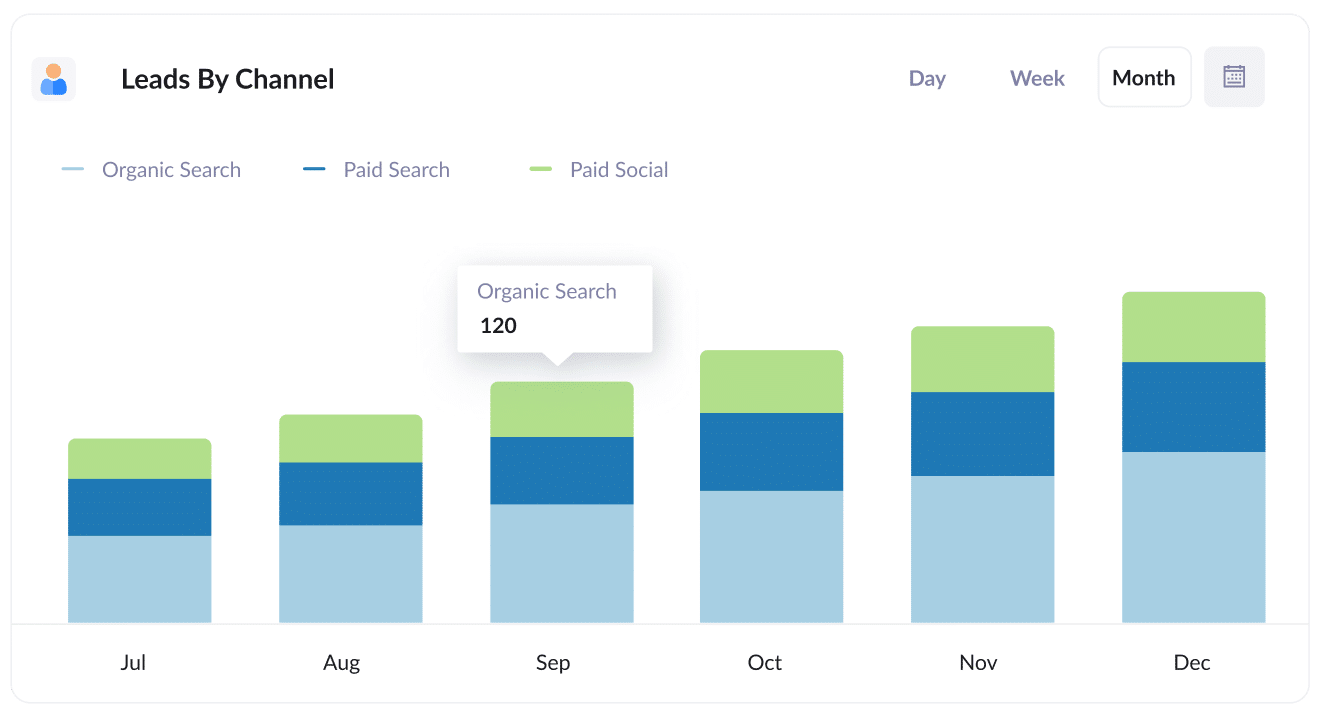
This report shows the number of leads you get each month, broken down by the channel they came from (e.g., organic Search, Paid Search, Paid Social, etc.).
This report can give you a high-level overview of your SEO efforts and whether they are generating more leads for your business.
It is also useful to compare SEO to other channels. If you’re noticing that you’re receiving more leads from Organic Search compared to Paid Search, it might be worth considering reallocating some of your budget from paid search ads to focus more on SEO. This could present a valuable opportunity for business growth.
2. Customers from Organic Search by Landing Page Group
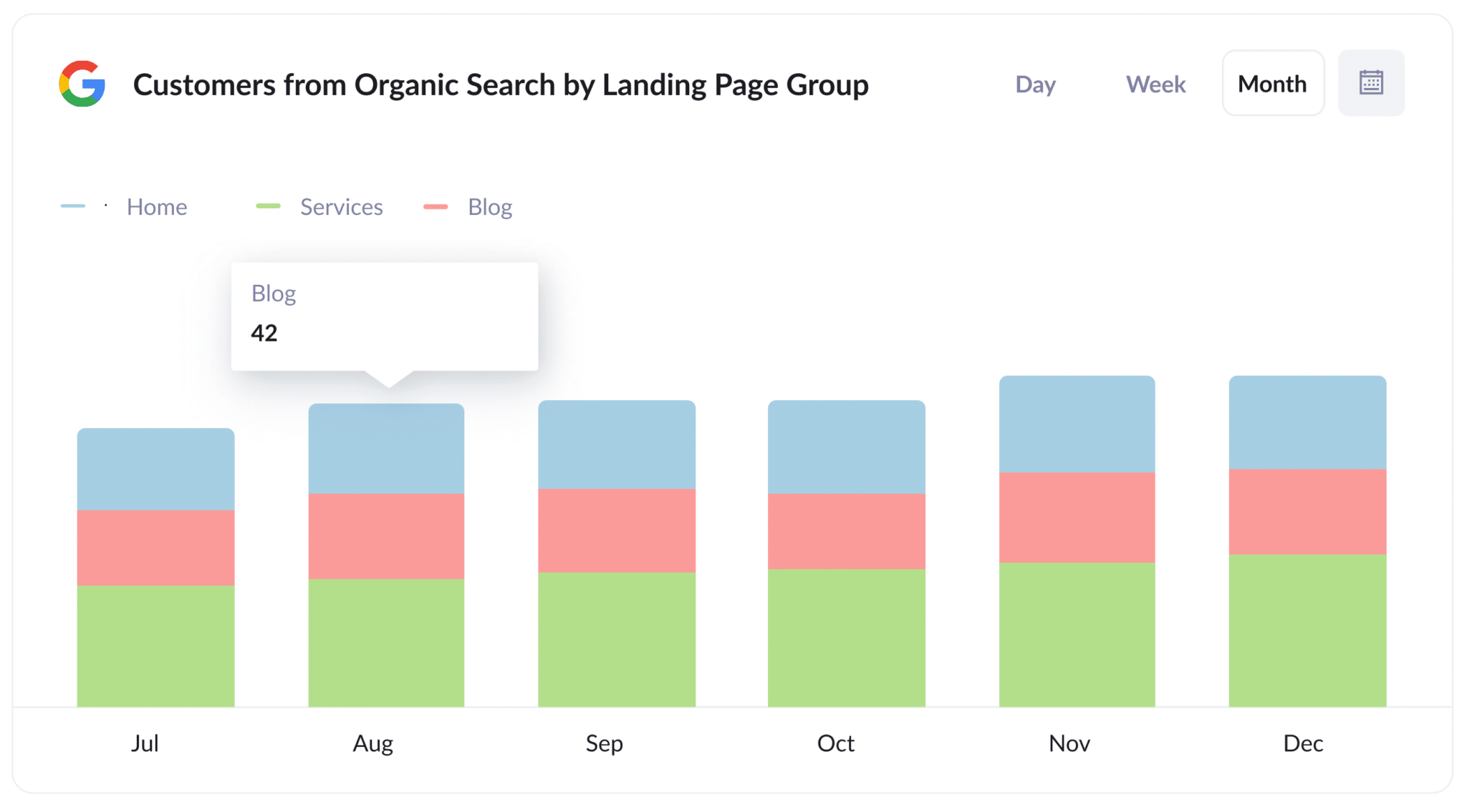
This report shows the number of new customers you’re getting from organic search each month, broken down by the landing page group (E.g., Home, Blog, Services, etc.).
This report can help you understand the types of content that are attracting customers to your business and can provide valuable insights to help shape your content and SEO strategy moving forward.
3. Revenue from Organic Search by Landing Page
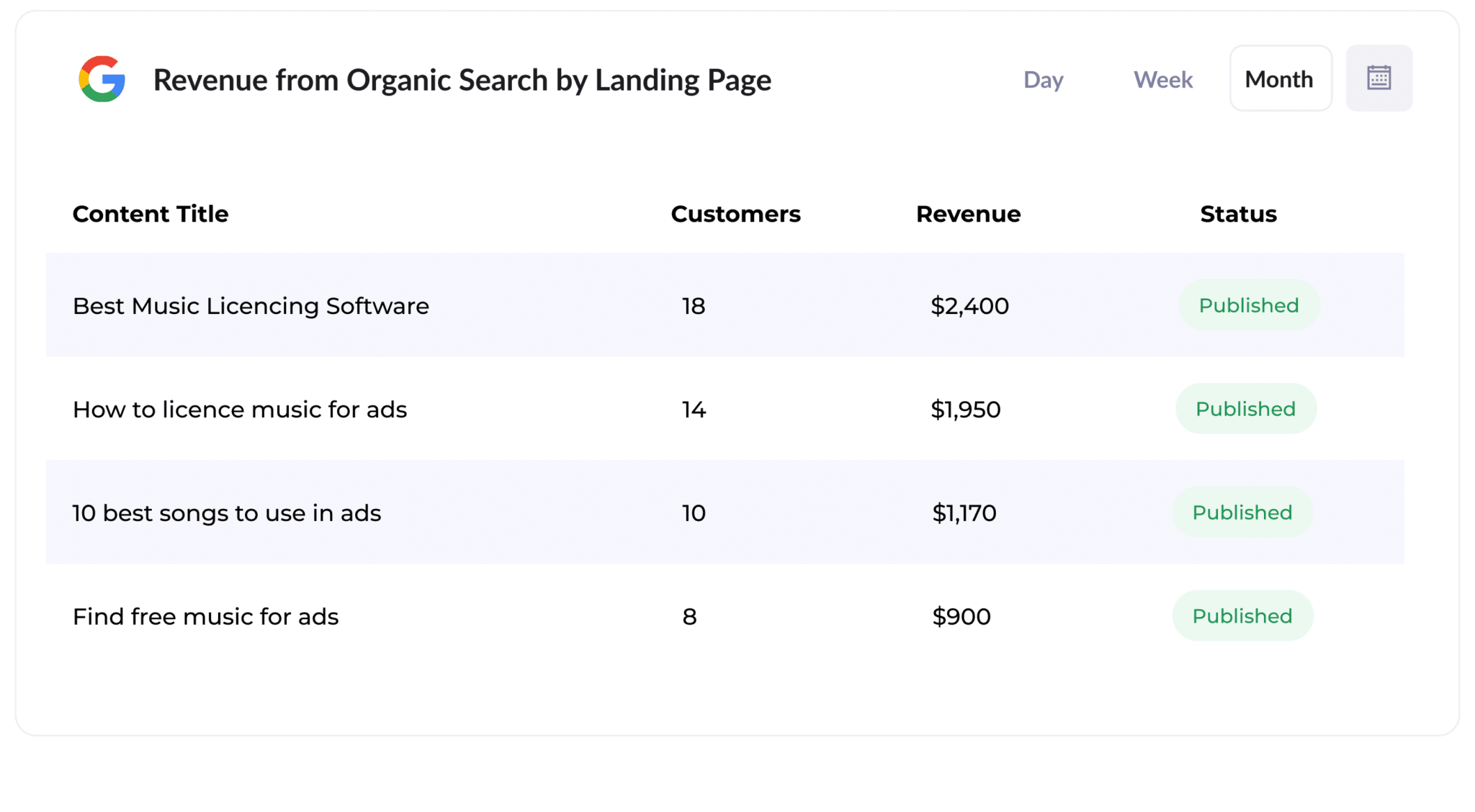
This report shows the number of new customers and the amount of revenue generated from each piece of content on your site.
It helps you understand which content is performing well when it comes to the metrics that matter (customers and revenue) and enables you to make more informed decisions about what types of content to create next.
How Attributer helped Flare HR 4x the number of leads they got from SEO
Flare HR is a HR management software provider located in Sydney, Australia, with over 100 employees.
Within their software, Flare provides customers a range of HR document templates (employee contracts, mobile phone policies, incident reports, etc) that customers can customize and use for their own business.
In an effort to increase traffic and generate leads through SEO, the Flare HR team decided to share these templates publicly on their marketing website. They created individual landing pages for each document, which quickly ranked in search engines and started attracting tens of thousands of visitors from search engines.
However, Flare HR's challenge was tracking whether these visitors were converting into leads and customers or simply downloading the templates and departing without taking further action.
This is where Attributer came in.
When visitors arrive on the Flare HR website, Attributer captures key information about the channel they came from (such as Organic Search), the specific landing page they visited (i.e. flarehr.com/templates/employment-contract), and the landing page group (i.e. /templates).
If a visitor completes a form on the site, such as a demo request, this information is passed into their CRM (Salesforce)
The Flare HR team was then able to use this data to build a dashboard (inside Salesforce) that showed the number of leads generated from the templates, the number of customers, the average deal size, the amount of revenue generated, and more. This dashboard revealed that the template initiative was a huge success, resulting in a 2.4x increase in new leads, with an impressively low cost per lead (essentially $0).
Encouraged by these results, Flare HR decided to expand this initiative significantly. They increased the number of available templates, optimised their pages for better search engine ranking, and ultimately achieved a remarkable 4x growth in monthly leads.
“Attributer showed us that our SEO efforts were in fact generating customers & revenue and gave us the confidence to double down. We’ve seen a 4x increase in leads as a result”

James Windon - Co-Founder, Flare HR

Wrap Up
If you’ve been looking for a way to track the number of leads and customers you get from organic search, using Attributer with Pipedrive is a great solution.
Best of all, starting with Attributer is free and usually takes less than 10 minutes to set up. So start your 14-day free trial today!
Get Started For Free
Start your 14-day free trial of Attributer today!

About the Author
Aaron Beashel is the founder of Attributer and has over 15 years of experience in marketing & analytics. He is a recognized expert in the subject and has written articles for leading websites such as Hubspot, Zapier, Search Engine Journal, Buffer, Unbounce & more. Learn more about Aaron here.

